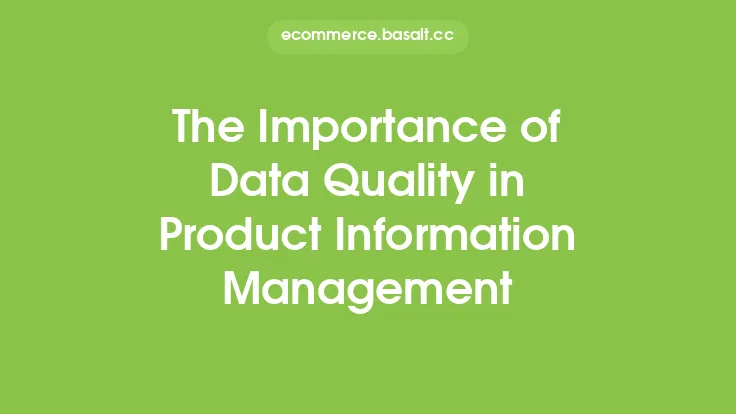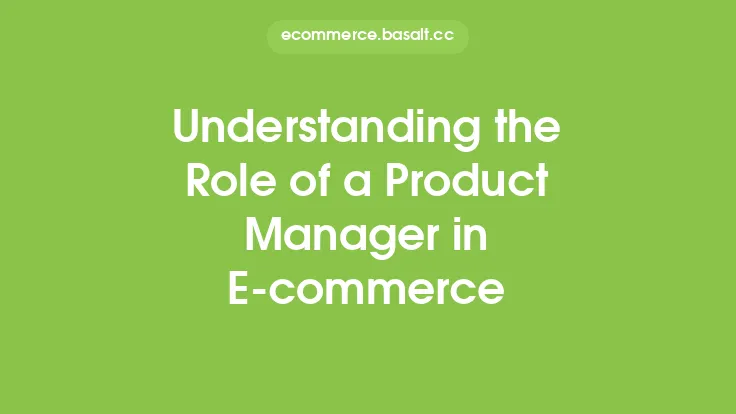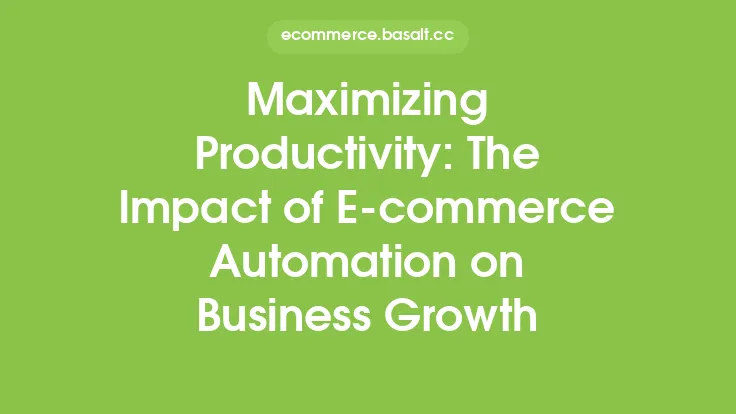In today's fast-paced e-commerce landscape, product data plays a crucial role in driving business success. With the rise of omnichannel retailing, businesses need to ensure that their product information is accurate, consistent, and readily available across all sales channels. This is where Product Information Management (PIM) comes into play. By leveraging a PIM system, businesses can maximize the potential of their product data, leading to improved customer experiences, increased sales, and enhanced competitiveness.
Introduction to PIM and Its Benefits
A PIM system is a centralized platform that enables businesses to collect, manage, and distribute product information across various channels. It provides a single source of truth for product data, ensuring that all stakeholders have access to the same accurate and up-to-date information. With a PIM system, businesses can streamline their product content creation, reduce errors, and improve time-to-market. By having a centralized platform for product information, businesses can also improve their data quality, reduce manual errors, and increase efficiency.
Data Governance and Quality
Data governance and quality are critical components of a PIM system. By implementing a robust data governance framework, businesses can ensure that their product data is accurate, complete, and consistent. This involves establishing clear data ownership, defining data standards, and implementing data validation rules. A PIM system can also help businesses to identify and rectify data errors, reducing the risk of incorrect or incomplete product information being published. By maintaining high-quality product data, businesses can improve customer trust, reduce returns, and increase sales.
Product Enrichment and Standardization
Product enrichment and standardization are essential for creating a compelling and consistent customer experience. A PIM system enables businesses to enrich their product data with additional attributes, such as product descriptions, images, and videos. This helps to create a more immersive and engaging customer experience, increasing the likelihood of conversion. Standardization of product data also ensures that all products are described and presented in a consistent manner, making it easier for customers to compare and contrast products. By standardizing product data, businesses can also improve their search engine optimization (SEO) and reduce the risk of incorrect product information being published.
Channel-Specific Product Information
In today's omnichannel retail landscape, businesses need to ensure that their product information is optimized for each sales channel. A PIM system enables businesses to create channel-specific product information, taking into account the unique requirements of each channel. For example, product information for an e-commerce website may need to include detailed product descriptions, high-quality images, and customer reviews. In contrast, product information for a print catalog may need to be more concise and visually focused. By creating channel-specific product information, businesses can improve the customer experience, increase sales, and reduce returns.
Integration with Other E-commerce Systems
A PIM system is not a standalone solution, but rather a critical component of a broader e-commerce ecosystem. To maximize its potential, a PIM system needs to be integrated with other e-commerce systems, such as enterprise resource planning (ERP), customer relationship management (CRM), and e-commerce platforms. This enables businesses to create a seamless and connected customer experience, with accurate and consistent product information being shared across all systems. Integration with other e-commerce systems also enables businesses to automate workflows, reduce manual errors, and improve efficiency.
Measuring the Success of a PIM System
Measuring the success of a PIM system is critical to understanding its impact on the business. Key performance indicators (KPIs) such as data quality, time-to-market, and sales can be used to evaluate the effectiveness of a PIM system. Businesses can also use metrics such as customer satisfaction, return rates, and search engine rankings to assess the impact of a PIM system on the customer experience. By regularly monitoring and analyzing these KPIs, businesses can identify areas for improvement, optimize their PIM system, and maximize its potential.
Future-Proofing Your PIM System
The e-commerce landscape is constantly evolving, with new technologies, channels, and customer expectations emerging all the time. To future-proof their PIM system, businesses need to ensure that it is flexible, scalable, and adaptable to changing requirements. This involves selecting a PIM system that is cloud-based, modular, and highly configurable. Businesses should also prioritize ongoing training and support, to ensure that their PIM system is being used to its full potential. By future-proofing their PIM system, businesses can stay ahead of the competition, drive innovation, and maximize the potential of their product data.
Conclusion
In conclusion, a PIM system is a critical component of any e-commerce business, enabling businesses to maximize the potential of their product data. By implementing a robust PIM system, businesses can improve data quality, streamline product content creation, and enhance the customer experience. With its ability to integrate with other e-commerce systems, a PIM system can also help businesses to automate workflows, reduce manual errors, and improve efficiency. As the e-commerce landscape continues to evolve, businesses that invest in a PIM system will be well-positioned to drive innovation, stay ahead of the competition, and achieve long-term success.





